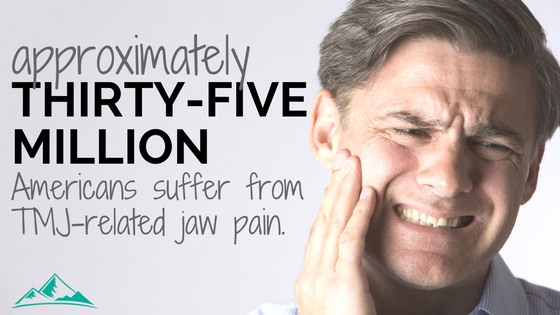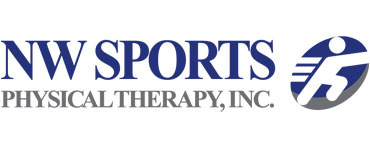Physical Therapy for TMJ-Related Jaw Pain
Aug 14By: Chris Robson, DPT, Center Manager – Hummelstown Pennsylvania Center
A painful or annoying click in your jaw while eating dinner. Discomfort when yawning. Stiffness in your jaw first thing in the morning.
 Approximately 35 million Americans have a dysfunction of the temporomandibular joint (TMJ) that can cause those and other symptoms. Yet many sufferers think their problem will go away on its own and don’t seek professional help. Others bounce from one healthcare provider to the next looking for relief and often become discouraged after spending a significant amount of money on treatments that do very little.
Approximately 35 million Americans have a dysfunction of the temporomandibular joint (TMJ) that can cause those and other symptoms. Yet many sufferers think their problem will go away on its own and don’t seek professional help. Others bounce from one healthcare provider to the next looking for relief and often become discouraged after spending a significant amount of money on treatments that do very little.
One frequently overlooked treatment is physical therapy, which can correct many of the problems in the TMJ that contribute to the wide variety of symptoms.
First, it is important to have a basic understanding of the anatomy and physiology of the joint. We have a TMJ on each side of our heads: the joint comprises the temporal bone of the skull and the mandible (or jaw bone). Separating the bones is a thin disc that moves slightly when the mouth opens and closes.
If the disc becomes loose, it can begin to shift more than normal, resulting in a clicking or popping sensation. If the disc gets stuck, the mouth may remain locked open and could require medical attention to return to normal.
TMJ pain also may emanate with the many muscles responsible for opening and closing the mouth and chewing. They can become a pain source if they are overused because of tension or stress, or if the joint is aligned abnormally. If the joint undergoes abnormal movement for an extended period of time, or if it sustains trauma over the course of someone’s life, it can develop arthritis just like any other joint. This can lead to popping or clicking, as well as significant pain.
The goal of physical therapy treatment for TMJ dysfunction is to restore the normal mobility and interaction of the muscles and joints. Treatment can consist of a variety of interventions but will be tailored to a patient’s specific limitations.
- Manual therapy such as soft tissue massage, and modalities such as ultrasound and electric stimulation, can provide pain relief and decrease muscle tightness.
- Physical therapists can educate patients about temporary dietary changes that decrease stresses on the joint and give muscles a chance to “calm down.”
- If physical therapy does not fully resolve symptoms, other healthcare professionals can be consulted to discuss the next steps.
So the next time you notice discomfort with chewing or yawning, ask your dentist or physician whether physical therapy is a treatment option.
